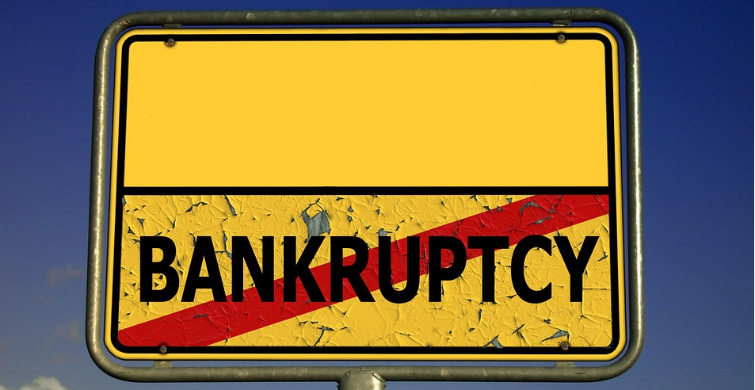Bankruptcy Data: Filings Decline in 2011

NOTE (12/2020): PolicyMap no longer publishes ABI bankruptcy data.
While we rarely load state-level data sets to PolicyMap, there are a few cases where the data is in such high demand that we make an exception. The Bankruptcy data from the American Bankruptcy Institute (ABI), recently updated with 2011 data, is one of these cases. Part of why this data is of such great interest is that, along with other factors such as retail spending, access to credit, and the number of unemployment claims filed, bankruptcy claims are another indicator analysts consider when determining whether the economy may be on an upswing. If reduced bankruptcy claims are in fact a sign of a rebounding economy, then the 2011 data is certainly a welcome sign. While the ABI had expected bankruptcies to increase in 2011, the numbers came out looking surprisingly good.
As seen on the map, Nevada continues to lead the country with the highest rate of consumer bankruptcy filings in the nation. However, the leading state’s rate dropped from 10.8 per 1,000 to 8.64 per 1,000 within the last year. Similar declines were experienced throughout the country.
A trend chart displaying Nevada’s rate of consumer bankrutpcy filings over the 2000-2011 time period shows that the state’s filings did to a large extent mirror broader economic trends:

However, some analysts strongly caution against drawing conclusions about the economy based on bankruptcy filings, arguing that a decline in filings can be as much a sign of an increase in consumer access to credit as it is a sign of improved financial health. As bankruptcy expert, Professor Lawless, stated to the NY Times “…consumer bankruptcy filings are typically a function of access to credit. If consumers are having trouble paying bills, but they can put spending on a credit card, they are typically able to forgo filing for bankruptcy.” Earlier in the year, Lawless and some colleagues released an interesting paper about racial disparities in the bankruptcy system, which some PolicyMap users may find of interest.